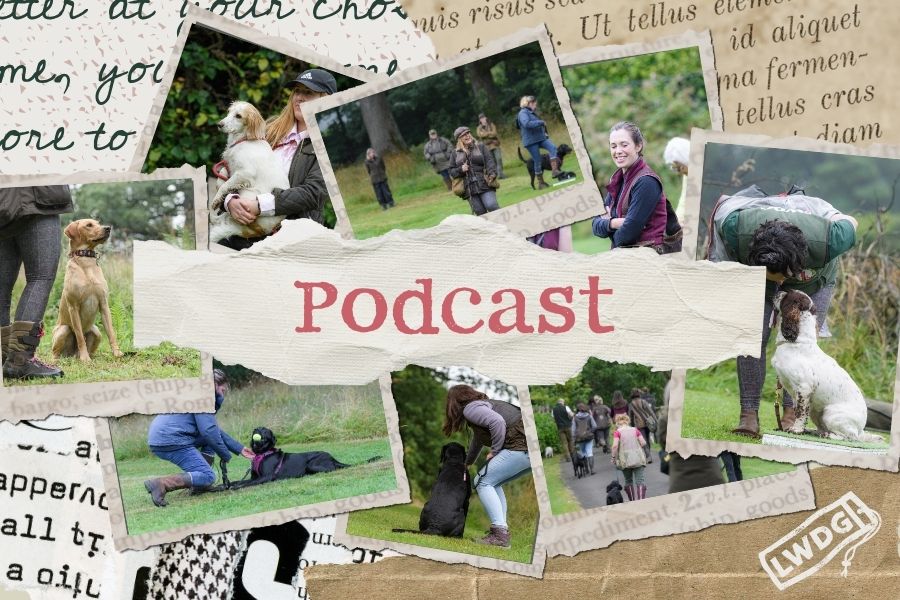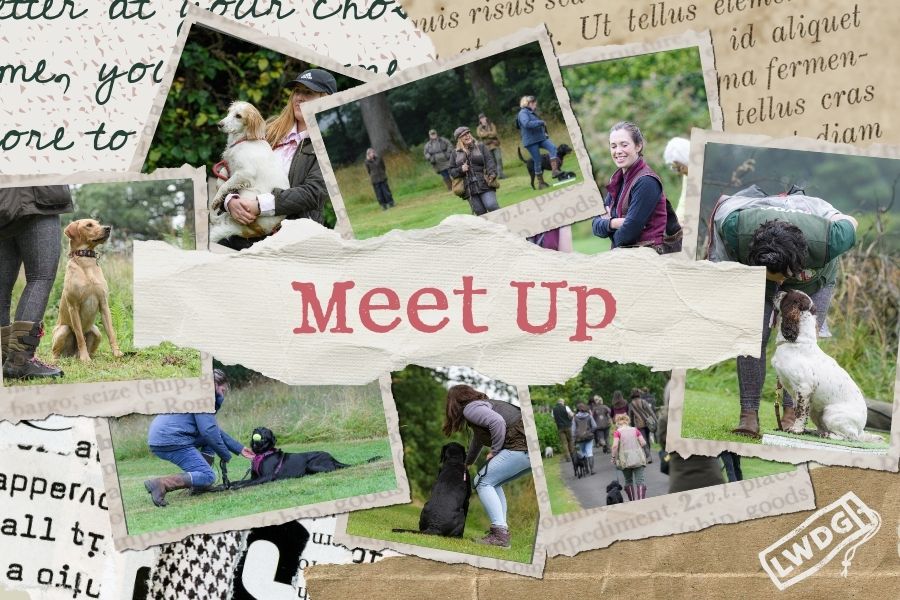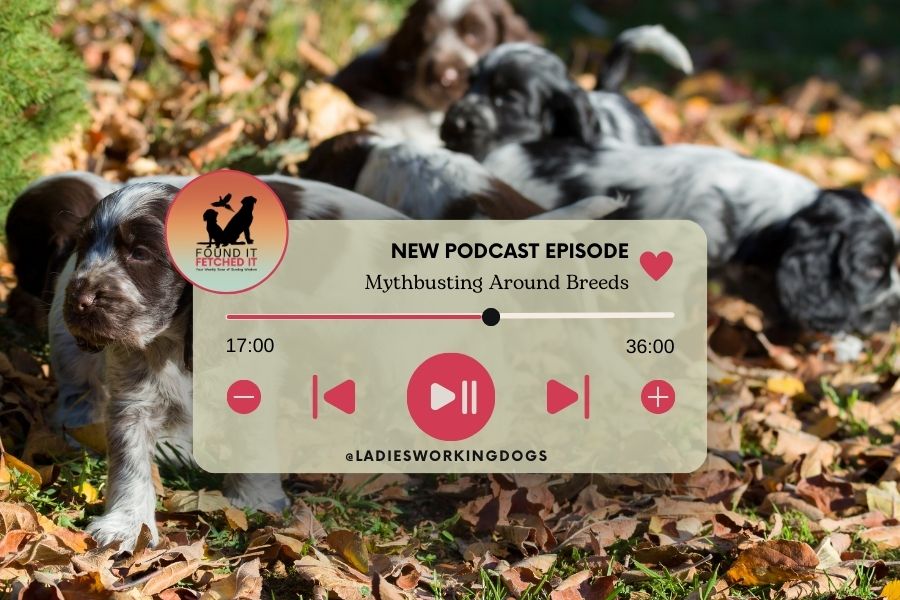In the realm of dog training, it’s a universal truth that every pet owner will, at some point, feel like they’re at their wits’ end. The scenario is all too common: one minute, your beloved dog is the epitome of obedience, and the next, they’re off chasing a squirrel into the sunset, leaving you shouting futile commands into the void. It’s moments like these that Jo Perrott and Claire Denyer address in their insightful podcast episode, where they delve deep into the signs and solutions of a dog’s behaviour spiralling out of control.
Podcast Episode:

The Subtle Signs Before the Storm
Jo and Claire begin by highlighting a critical, yet often overlooked, aspect of dog training: recognising the early signs of disobedience. It’s easy to miss the small moments of regression at home or in the garden, dismissing them as harmless or one-off incidents.
Yet, it’s these minor oversights, like a failed recall in the garden deemed safe because it’s enclosed, that gradually accumulate and lead to significant behavioural issues. The podcast emphasises the importance of paying attention to these early warning signs, as they’re the key to preventing a full-blown canine rebellion.
Essential Insights for First-Time Dog Owners
For many first-time dog owners, the learning curve can be steep. Jo and Claire’s discussion sheds light on crucial insights that can ease this journey. They talk about the importance of understanding whether you’re in the learning, proofing, or trained response phase with your dog. Each stage requires a different approach, from setting up your dog for success in the learning phase to gradually increasing the three Ds—distance, duration, and distraction—during the proofing phase. Recognising which phase you’re in is vital to effective training and avoiding common pitfalls.

Subscribe To Found It, Fetched It Today
Consistency is Key
A recurring theme throughout the podcast is the importance of consistency. Jo and Claire provide vivid examples of how seemingly benign behaviours at home, like failing to enforce a stay command, can undermine training efforts. They stress the need for dog owners to be consistent in their commands and to follow through every time. This consistency helps prevent the formation of bad habits that can be challenging to break.
Understanding and Addressing Behavioural Issues
The podcast doesn’t just identify problems; it offers solutions. Recognising your role in your dog’s behaviour is the first step. But it’s also about reinforcing the right behaviours through consistency, rather than adopting a strict or punitive approach.
If issues like recall problems arise, Jo and Claire advise taking a step back to analyse the situation. This might involve considering environmental factors, revisiting earlier training stages, or simply being more mindful of how behaviours at home could be affecting your dog’s obedience.
Empathy, Patience, and a Sense of Humor
Perhaps the most valuable lesson from the podcast is the importance of approaching dog training with empathy, patience, and even a sense of humour. Dogs are not humans; they’re a different species with their own perceptions and reactions to the world around them. Mistakes are part of the learning process, for both the dog and the owner. Holding grudges or taking misbehaviour personally only hinders progress. Instead, embracing each challenge with a positive attitude and learning from it can strengthen the bond between you and your dog, making training a more enjoyable and rewarding experience.
A Final Thought
In wrapping up their discussion, Jo and Claire remind us that dog training is a journey filled with ups and downs. It’s about setting intentions, being mindful, and constantly learning from each interaction with your canine companion.
Whether you’re dealing with a stubborn puppy or an older dog set in their ways, the insights from this podcast can guide you towards a more harmonious and understanding relationship with your pet.
In the world of dog training, knowledge is power, and empathy is your best tool. So next time you find yourself struggling with your dog’s behaviour, remember the lessons from this podcast.
With the right approach, patience, and a bit of humour, you can navigate even the most difficult of training challenges.
What’s Your Gundog Goddess Style?
Who’s ready for some extra fun? Discover your unique approach to training with our “Which Gundog Goddess Are You?” quiz. You don’t want to miss this one































